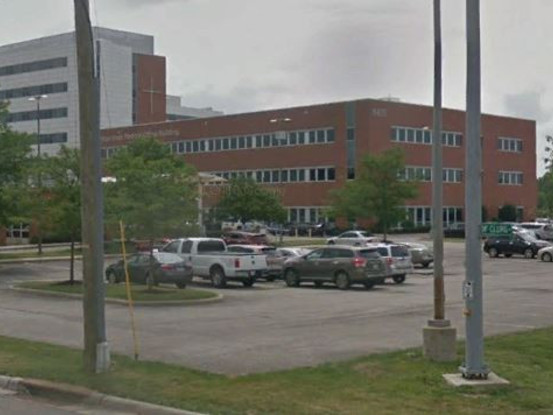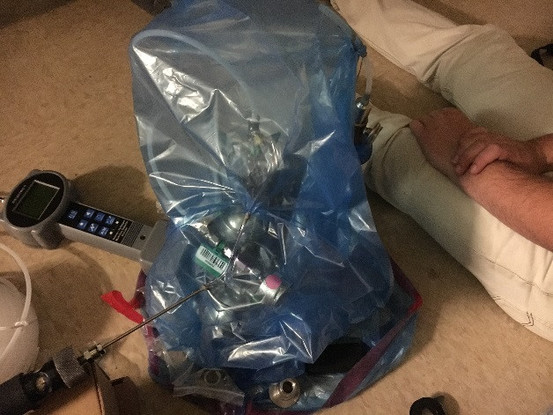The prospective purchaser engaged Targus to conduct a Phase I ESA of one acre improved with a three-story medical office building totaling approximately 58,000 square feet constructed in 2007. The subject property was occupied by several medical office tenants as well as medical education/ instruction tenants and was located in an area containing other medical office buildings, a hospital, a multi-tenant strip center, and single-family residences.
A historical structure had previously occupied the property and been utilized for auto paint and body work between the 1970s and 1990s. Based on their assessment observations in 1998 prior environmental professionals recommended a subsurface assessment. That recommended assessment was not undertaken prior to construction of the 2007 improvements.
Targus was engaged to conduct a subsurface assessment of interior and exterior portions of the property. Volatile organic compounds (VOCs) were not detected in the three groundwater samples collected at the subject property; however total petroleum hydrocarbons (TPH) were detected, although at concentrations well below the Environmental Protection Agency (EPA) tapwater criteria. TPH and the VOCs acetone and 2-butanone (methyl ethyl ketone, MEK) were detected in one or more soil sample at concentrations well below their respective EPA residential Regional Screening Levels (RSLs). Several VOCs were detected in the soil vapor samples from the five foot probes and the subslab vapor samples. The VOC vapor concentrations did not exceed Vapor Instruction Screening Levels (VISLs) with the exception of benzene detected in one of the exterior five foot vapor probes. This benzene vapor concentration was below the EPA commercial VISL and from a location beyond the footprint of the building.
Based on the results of Targus’ soil, groundwater, and vapor sampling activities, the low concentrations of petroleum products and hazardous substances detected in soil, groundwater and subslab/ soil vapor from the former occupancy were considered to be a de minimis condition and not a recognized environmental condition.


